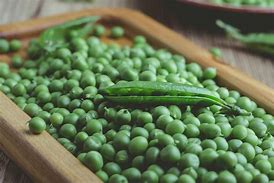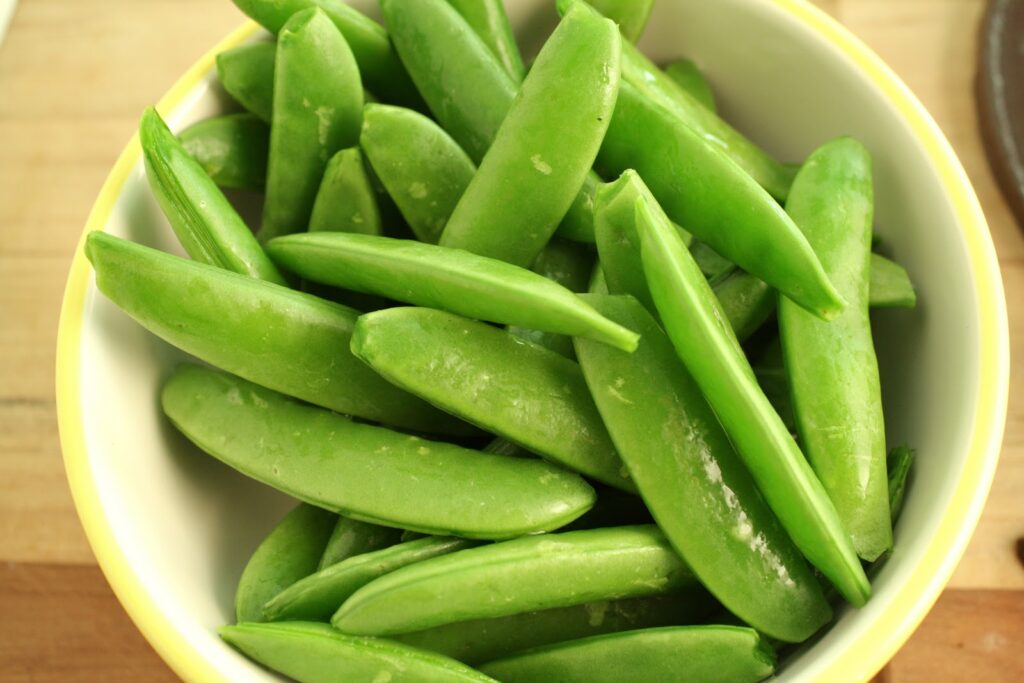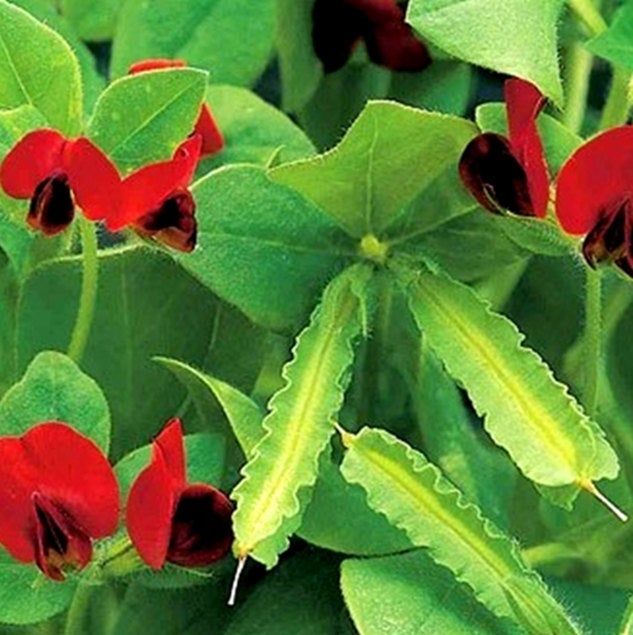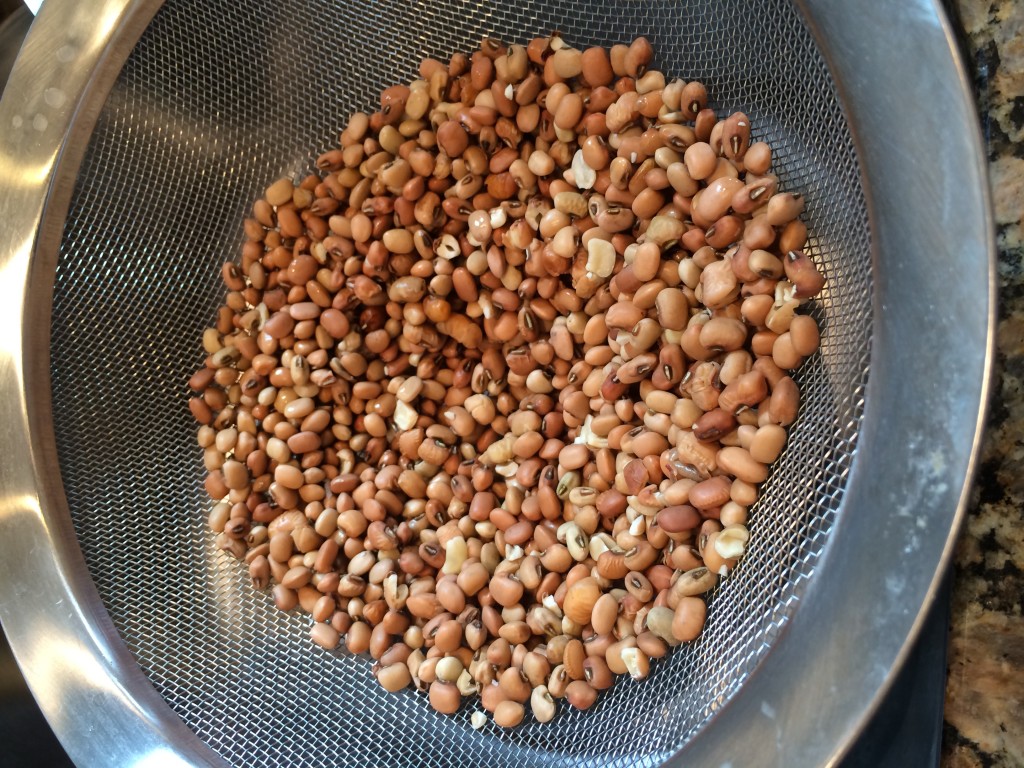The importance of social media for real estate agents cannot be overstated. According to a study conducted by the National Association of Realtors, social media has become an integral part of real estate marketing as 99% of millennials initiate their home search online. Social media sites create a platform to connect with the local clients, build trust and extend your reach. Because of its paramount importance, we have curated the best social media practices for real estate agents below.
- Choose the right social media platform
Facebook
Facebook is a staple for real estate marketing. Because of Facebook’s feature that to access the user demographics you can target an audience for any given real estate business using the age and income-wise categorization. Facebook also allows agents to publish listing-related content, schedule appointments, connect with customers, and curate reviews in a single platform. Make sure to set up a business page on Facebook to access useful business features such as promotion and page analytics. Use compelling visuals to make the page attractive.
As Facebook algorithm promotes posts that get a lot of engagement, upload content that users will react to and share among friends and family. Holding a contest can also lead to engagements on Facebook.
Instagram
Instagram is gaining tremendous popularity among the millennials. As Instagram is a visual platform, your page has to be visually appealing. Captions and hashtags are of great importance along with the details and contact information. Use an Instagram business account to share highlights, contact information, add links and access promotional features.
LinkedIn
LinkedIn is the most used professional social media site. LinkedIn is a networking site that helps you connect with other real estate agents, real estate brokerages, and current clients.
- Engage with your audience regularly
Social media platforms are a great way to build a user community around your brand. To grow your community, you need to focus on engaging with your connections and followers frequently. Customers are nowadays using Facebook’s recommendations feature, page mentions, questions on Quora, or tweets for real estate information. Look out for this outreach through a nanny camera to answer their queries, and use these questions as an opportunity to build trust with the followers and expand your brand awareness.
Videos have a powerful impact on the audience and are more attractive than plain text content. Along with them being engaging, videos can also reflect your creative side. Videos are a great way to boost your website rankings on search engines.
You can either create a video about your company or create a 360-degree view of your property along with the neighborhood for uploading to your social networks. Creating Q&A sessions and panel discussions is a good way to position yourself as an authority on the matter. Live streaming of videos using platforms such as Facebook, Instagram, and YouTube will help you garner maximum engagement.
- Share Client Stories to build trust
Use your client stories to create a deep emotional connection and trust with the audience. Start conversations and involve your audience to turn your brand into an experience they can relate to.
- Promote the town along with the house.
Homebuyers are likely to consider the type of town the house is located in before making a moving decision. Most real estate blogs tend to miss the importance of this and simply provide only the basic demographic statistics. By using social media platforms to give clients a good understanding of the markets you serve, you can build trust among the clients. The best way from a prospective buyer’s position and create content that adds value to them. For a better understanding of an area, you can share the local events and news, and information about the local property price changes.
- Engage with the users through comments
Social media is a fantastic way to get your foot in the door but it has its share of online bullies. You need to understand that not every remark aimed at you is worth responding to. Make sure to resist the temptation to get into an argument with your harshest critics, and acknowledge the good remarks your clients leave on your service. A lot of people who reach out to you may have has bad experiences and therefore, try to absorb their frustration and use it as an opportunity to divert their interest to other properties.






